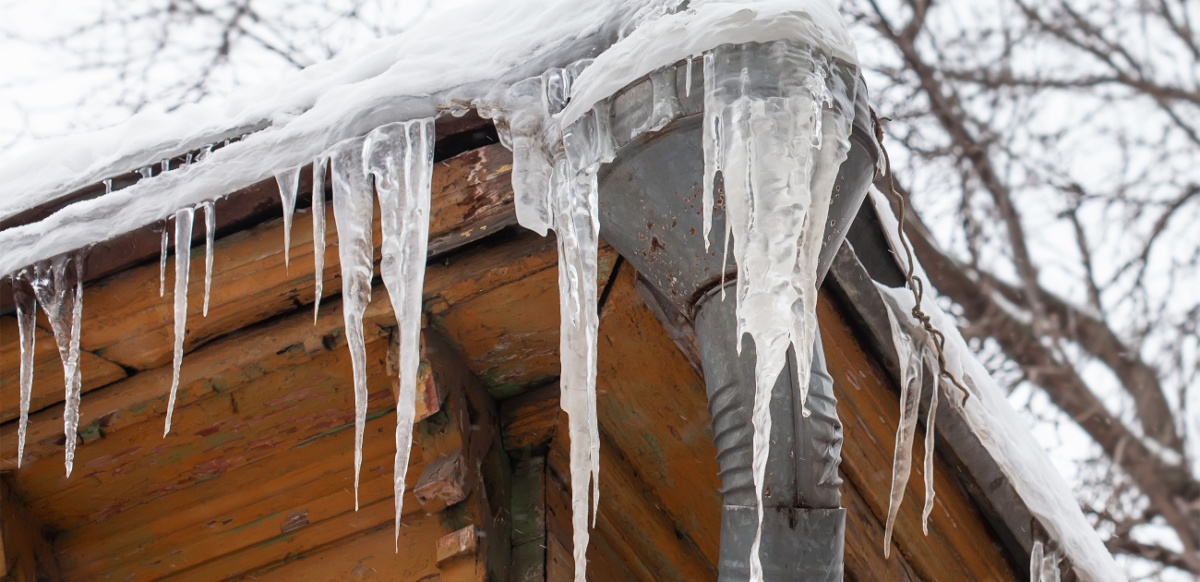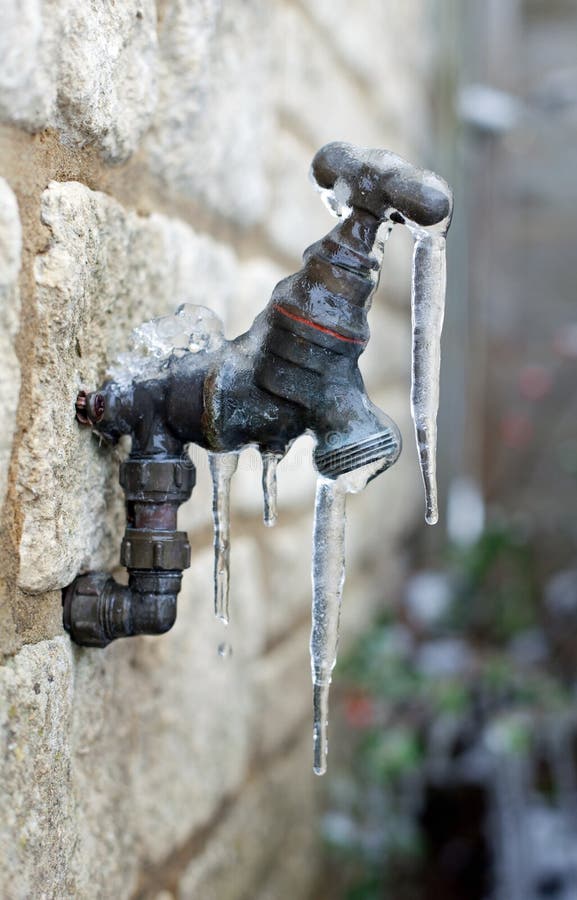How to Safeguard Plumbing System from Cold Weather: Essential Tips
How to Safeguard Plumbing System from Cold Weather: Essential Tips
Blog Article
Listed here in the next paragraphs you can find a bunch of first-rate data in relation to How to Prevent Your Pipes From Freezing.

Winter can wreak havoc on your pipes, especially by freezing pipes. Below's how to avoid it from occurring and what to do if it does.
Introduction
As temperature levels decrease, the danger of frozen pipes boosts, potentially bring about costly repairs and water damages. Recognizing how to stop icy pipelines is critical for property owners in cool climates.
Understanding Frozen Pipelines
What causes pipes to freeze?
Pipelines ice up when exposed to temperature levels below 32 ° F (0 ° C) for extended durations. As water inside the pipes ices up, it increases, putting pressure on the pipe walls and possibly triggering them to burst.
Dangers and damages
Icy pipes can bring about water system interruptions, home damage, and expensive fixings. Burst pipes can flood homes and trigger substantial structural damages.
Signs of Frozen Water Lines
Recognizing frozen pipelines early can avoid them from bursting.
How to recognize icy pipelines
Search for decreased water flow from faucets, uncommon smells or noises from pipelines, and visible frost on revealed pipes.
Avoidance Tips
Insulating susceptible pipes
Wrap pipes in insulation sleeves or make use of warm tape to safeguard them from freezing temperatures. Concentrate on pipelines in unheated or external locations of the home.
Heating strategies
Maintain interior spaces sufficiently heated, specifically locations with pipes. Open cabinet doors to enable cozy air to distribute around pipelines under sinks.
Safeguarding Outdoor Plumbing
Garden pipes and outside taps
Detach and drain pipes garden hose pipes before winter season. Set up frost-proof faucets or cover outdoor faucets with shielded caps.
What to Do If Your Pipes Freeze
Immediate actions to take
If you presume frozen pipes, maintain faucets open to eliminate stress as the ice thaws. Make use of a hairdryer or towels taken in warm water to thaw pipes slowly.
Long-Term Solutions
Structural adjustments
Think about rerouting pipelines far from outside wall surfaces or unheated areas. Include added insulation to attics, cellars, and crawl spaces.
Updating insulation
Purchase top quality insulation for pipelines, attics, and walls. Correct insulation assists keep regular temperature levels and minimizes the threat of frozen pipelines.
Conclusion
Protecting against frozen pipes calls for proactive steps and fast actions. By comprehending the reasons, signs, and preventive measures, home owners can protect their pipes during winter.
5 Ways to Prevent Frozen Pipes
Drain Outdoor Faucets and Disconnect Hoses
First, close the shut-off valve that controls the flow of water in the pipe to your outdoor faucet. Then, head outside to disconnect and drain your hose and open the outdoor faucet to allow the water to completely drain out of the line. Turn off the faucet when done. Finally, head back to the shut-off valve and drain the remaining water inside the pipe into a bucket or container. Additionally, if you have a home irrigation system, you should consider hiring an expert to clear the system of water each year.
Insulate Pipes
One of the best and most cost-effective methods for preventing frozen water pipes is to wrap your pipes with insulation. This is especially important for areas in your home that aren’t exposed to heat, such as an attic. We suggest using foam sleeves, which can typically be found at your local hardware store.
Keep Heat Running at 65
Your pipes are located inside your walls, and the temperature there is much colder than the rest of the house. To prevent your pipes from freezing, The Insurance Information Institute suggests that you keep your home heated to at least 65 degrees, even when traveling. You may want to invest in smart devices that can keep an eye on the temperature in your home while you’re away.
Leave Water Dripping
Moving water — even a small trickle — can prevent ice from forming inside your pipes. When freezing temps are imminent, start a drip of water from all faucets that serve exposed pipes. Leaving a few faucets running will also help relieve pressure inside the pipes and help prevent a rupture if the water inside freezes.
Open Cupboard Doors
Warm your kitchen and bathroom pipes by opening cupboards and vanities. You should also leave your interior doors ajar to help warm air circulate evenly throughout your home.

We were made aware of that editorial on Winter Plumbing Precautions: Preventing Frozen Pipes from an acquaintance on our other domain. Liked our write up? Please share it. Help someone else find it. Thanks for taking the time to read it.
View Report this page